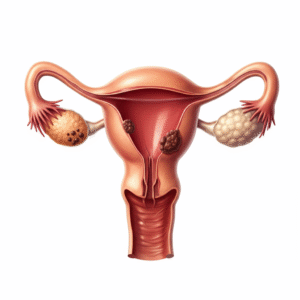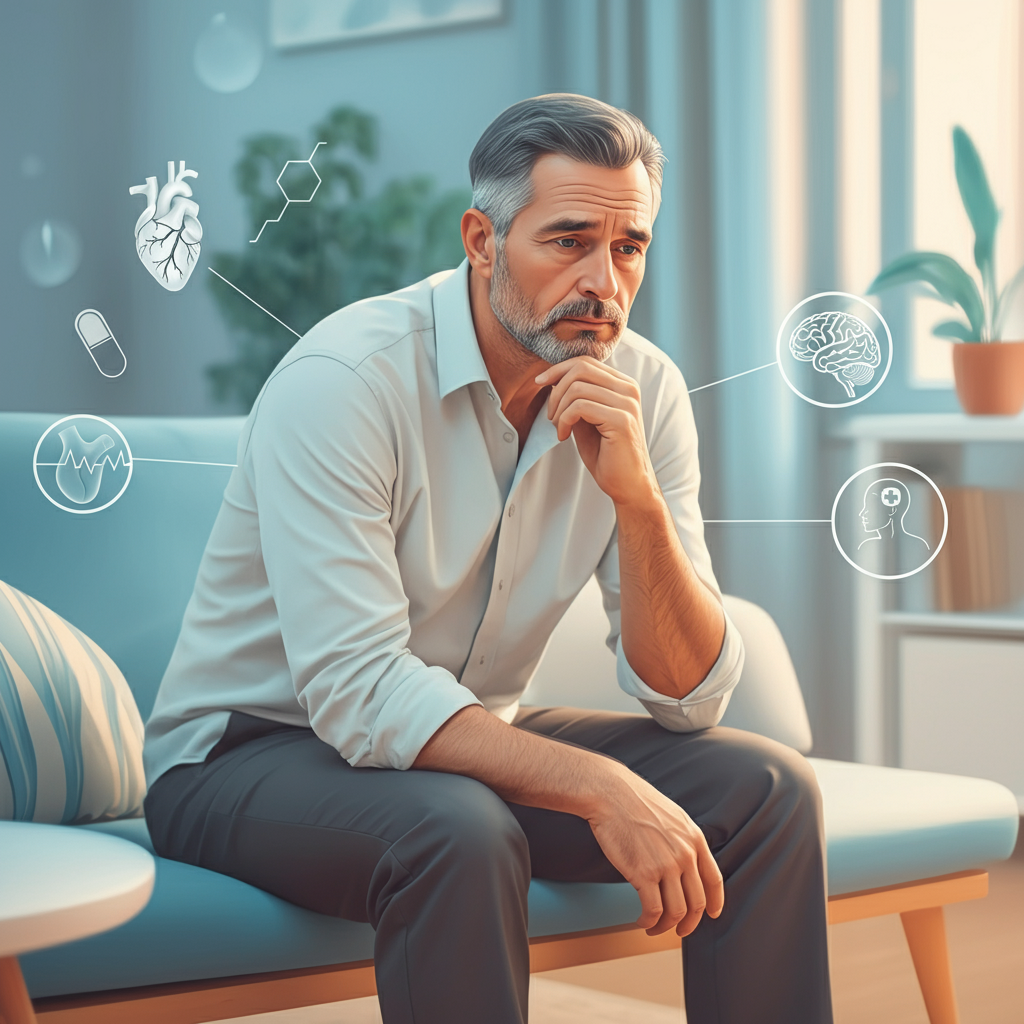Living with chronic illness may feel like being lost in the darkness. For the countless people suffering from endometriosis around the world, this maze is filled with ambiguous symptoms, a variety of diagnoses, and an ongoing painful, sometimes debilitating, pain that can affect every aspect of your life. If this is the journey you’re on, know that you don’t have to face it alone. This is the place to learn about the journey from diagnosis, including a myriad of terms such as “chocolate cysts,” to making your voice heard as an advocate for your personal health.

Endometriosis goes beyond a “bad menstrual cycle.” It’s a condition that causes tissue that is similar to the uterus’s lining to develop outside of it, which causes scarring, inflammation, and intense discomfort. Knowing the cause is the initial, essential step to taking care of it. Then, coping with it requires a mix of changes to your lifestyle and, most importantly, a strong feeling of advocacy for yourself. Together, we’ll explore this process, beginning with the physical aspects and moving toward harnessing your inner strength.
Understanding the Unseen: What are Chocolate Cysts?
If you’ve received an endometriosis-related diagnosis, you may encounter a range of medical terms that can be intimidating. The most popular is “endometrioma,” more widely called “chocolate cyst.” Although it’s a bit misleading, the fact is that it has nothing to do with dessert. Actually, it’s an ovarian cyst that’s filled with dark and old menstrual blood. This creates a look that resembles chocolate syrup.

Cysts form when endometrial-like tissue grows on or inside the ovaries. During the menstrual cycle, this tissue sheds but becomes trapped instead of exiting the body, leading to the buildup of fluid and the formation of a cyst. A chocolate-colored cyst is usually an indication of mild to severe endometriosis. They can also cause extreme pelvic pain and discomfort when having intercourse and, in some cases, affect fertility.
Being told you have cysts can be a bit frightening. However, knowing the causes of them helps to decode the issue. They are transformed from an intimidating, unknowable entity to a medical problem for you that your medical team can tackle. The knowledge you gain is your primary tool. For example, knowing that the cysts are a direct result of your health condition permits you to ask specific questions about the treatment options, like laparoscopic surgery or medical treatment.
Managing Daily Life with Chronic Pain
Endometriosis-related pain isn’t only physical. It’s a mental and emotional burden. Chronic, unending discomfort can result in stress, anxiety, and depression. Thus, creating a custom toolset to help manage your symptoms is crucial to improving your quality.
Finding Your Pain Management Rhythm
There is no universally applicable solution to endometriosis pain. What is effective for one woman will not work for someone else. Therefore, it’s typically a process of trial and trial and. The most common methods are:
- Heating Treatment: A heating pad or warming bath could be extremely comforting when you suffer from pelvic cramps. The warmth can help loosen the pelvic muscles, which can reduce pain considerably.
- Light Movement: Although vigorous exercise may seem unattainable in the midst of a flare-up, mild activities such as stretching, walking, or restorative yoga may be beneficial. The movement boosts blood flow and releases endorphins, which are the system’s own natural painkillers.
- Changes in diet: Many women suffering from endometriosis notice that certain food items trigger inflammation and worsen symptoms. A healthy diet that is low in inflammation, high in vegetables, fruits, healthy fats, and protein can aid. In contrast, limiting red meat consumption and processed foods, as well as alcohol and caffeine, can result in a significant improvement. Keeping a food journal will allow you to identify your own triggers.
The process of creating this toolkit requires time and perseverance. Take care of yourself during this process. Every step you take to recognize your body’s requirements is a win. Be aware that the process of managing chronic pain is not about removing it altogether, but discovering ways to live in the midst of it.
The Power of Your Voice: Becoming Your Own Advocate
The most difficult thing about living with the disease is the path to diagnosis. On average, it could take anywhere from seven to 10 years after the onset of symptoms before receiving an official diagnosis. In this period, a lot of patients are told that the pain is “normal” as well as “in the head.” This type of medical gaslighting is not only ineffective but also risky and can cause delays in treatment.

Advocacy is your strength. You are the authority of your body. Therefore, being able to communicate your health concerns and symptoms to health professionals is an essential capability.
How to Advocate for Yourself in a Medical Setting
- Monitor Your Symptoms: Keep a complete record of your symptoms. Take note of the kind of pain, the area of occurrence, its intensity on the scale 1-10, and the time it occurs with respect to the menstrual cycle. Be aware of other symptoms such as nausea, fatigue, or stomach problems. This information provides evidence that your discomfort is real and ongoing.
- Preparing for appointment times: Before seeing an appointment with a doctor, make your list of all your concerns and questions. This will ensure you don’t leave out something important at the time of your appointment. Bring a symptom log as well as any other relevant medical documents.
- Be concise and assertive: Use clear words and language to express your experiences. For instance, instead of telling someone that “I suffer from severe cramps,” you might write, “I experience stabbing pelvic pain for 10 days every month, which prevents me from working.”
- Don’t be afraid to get a second opinion: If you believe that your doctor isn’t listening to your concerns, you have the right to get a second opinion. Locating a doctor who specializes in endometriosis may be a huge difference.
Being your own advocate is a form of empowerment. It’s about taking charge of your health story and making sure you get the attention and care you deserve. The result is that this journey will strengthen you and transform your personal battle into a source of strength.
From Patient to Advocate: Supporting the Community
Once you have found yourself, your unique voice might find a desire to help others discover theirs. The community of women with endometriosis is an effective influencer for change, bringing awareness to women and promoting improved treatments and research. Your personal story is of immense significance. Sharing your story can make others feel less lonely and more optimistic.

There are a variety of ways to get involved. There are online support groups that you can be part of, take part in awareness-raising walks, or even share educational content via social media. Just talking about your experience with your friends and family can help to break down the stigma that surrounds menstrual health. By doing this, you can contribute to a future in which nobody suffers in silence.
Endometriosis can be an uphill battle. It tests your physical and mental limits. But it may also show you a power you didn’t know you were capable of. The process of gaining understanding of complicated symptoms, such as choco cysts, to being an ardent advocate for you and your loved ones is an example of the strength of your character. Continue to speak out, and remember that your voice is important.



